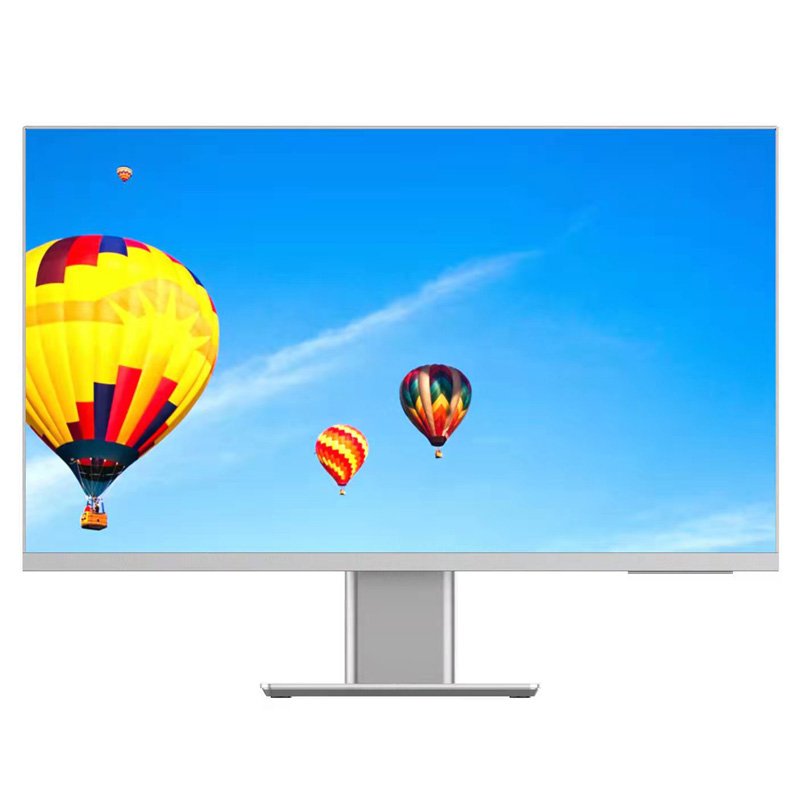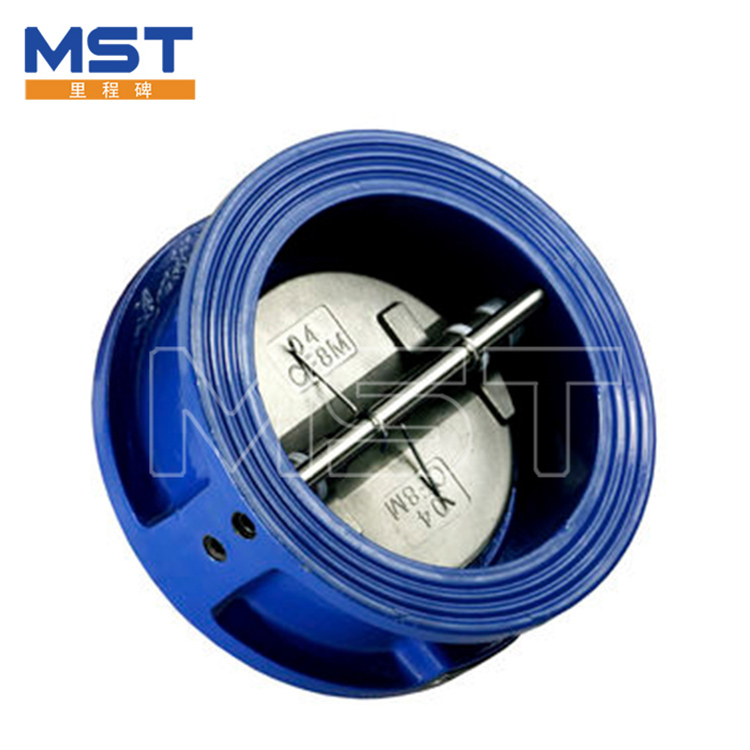Commercial Monitors
Commercial monitors, also known as professional monitors or commercial-grade displays, are designed and built for business and professional use in various industries, including retail, hospitality, healthcare, education, corporate environments, and more. These monitors offer features and specificati......
Send Inquiry
Product Description
Commercial monitors, also known as professional monitors or commercial-grade displays, are designed and built for business and professional use in various industries, including retail, hospitality, healthcare, education, corporate environments, and more. These monitors offer features and specifications that cater to the specific demands of commercial applications, ensuring reliability, performance, and functionality suited for continuous operation and various use cases.
Key features and considerations related to commercial monitors include:
1. Durability and Build Quality: Commercial monitors are built to withstand prolonged usage and are often constructed with robust materials. They are designed to handle the demands of commercial environments.
2. Size and Screen Resolution: Commercial monitors come in various sizes and screen resolutions to suit different spaces and display requirements. Common resolutions include Full HD (1920x1080), 4K (3840x2160), and beyond.
3. Brightness and Contrast: These monitors offer higher brightness levels and contrast ratios than consumer monitors, ensuring better visibility in various lighting conditions.
4. Orientation Options: Many commercial monitors support both landscape and portrait orientations, allowing flexibility in installation and content presentation.
5. Mounting Options: Commercial monitors often have VESA mount compatibility, making it easy to mount them on walls, ceilings, or specialized stands.
6. Connectivity: Commercial monitors provide a variety of input and output options, including HDMI, DisplayPort, VGA, USB, and more, to accommodate diverse devices and sources.
7. Touchscreen Capabilities: Touchscreen commercial monitors are widely used in interactive applications, such as kiosks, digital signage, and point-of-sale systems.
8. Bezel Size: Monitors with slim or narrow bezels are popular for video walls and multi-monitor setups, offering a seamless viewing experience.
9. 24/7 Operation: Many commercial monitors are designed for continuous 24/7 operation, making them suitable for environments that require round-the-clock displays, such as control rooms or digital signage.
10. Content Management: Some commercial monitors come with built-in media players or software for content scheduling and management in digital signage applications.
11. Anti-Glare Coating: Anti-glare coatings help reduce reflections and improve visibility in environments with ambient lighting.
12. Remote Management: Certain models offer remote control and management features, allowing administrators to monitor and adjust settings across multiple displays.
13. Warranty and Support: Commercial monitors often come with longer warranties and dedicated support to ensure businesses have reliable solutions for their operations.
14. Certifications: Depending on the industry and application, some commercial monitors may have specific certifications like healthcare compliance, energy efficiency, and more.
Commercial monitors cater to a wide range of applications, including:
- Digital Signage: Displays for advertising, information, and promotional content in public spaces.
- Retail: Point-of-sale (POS) systems, inventory management, and customer-facing displays.
- Hospitality: Interactive displays in hotels, restaurants, and conference rooms.
- Healthcare: Medical imaging, patient information, and diagnostic displays.
- Corporate: Meeting room displays, conference presentations, and collaboration tools.
- Education: Interactive whiteboards, classroom displays, and e-learning solutions.
- Control Rooms: Video walls and displays for monitoring critical systems.
When selecting a commercial monitor, consider the specific needs of your industry and application, such as display size, resolution, durability, connectivity, and any special features required to enhance your business operations and customer experiences.










